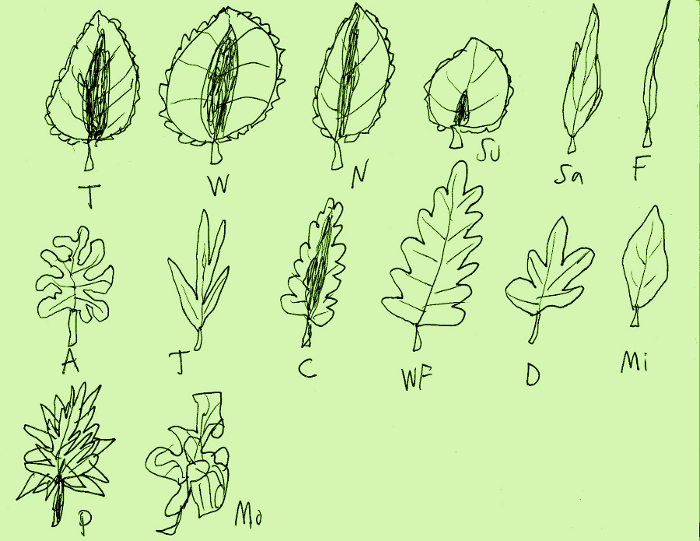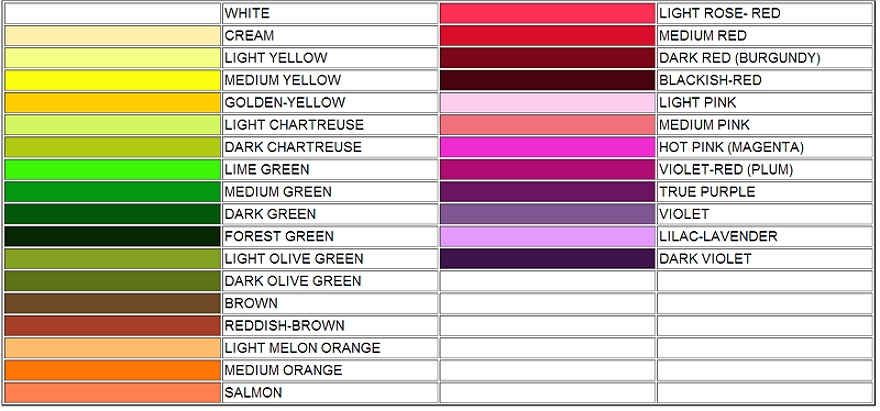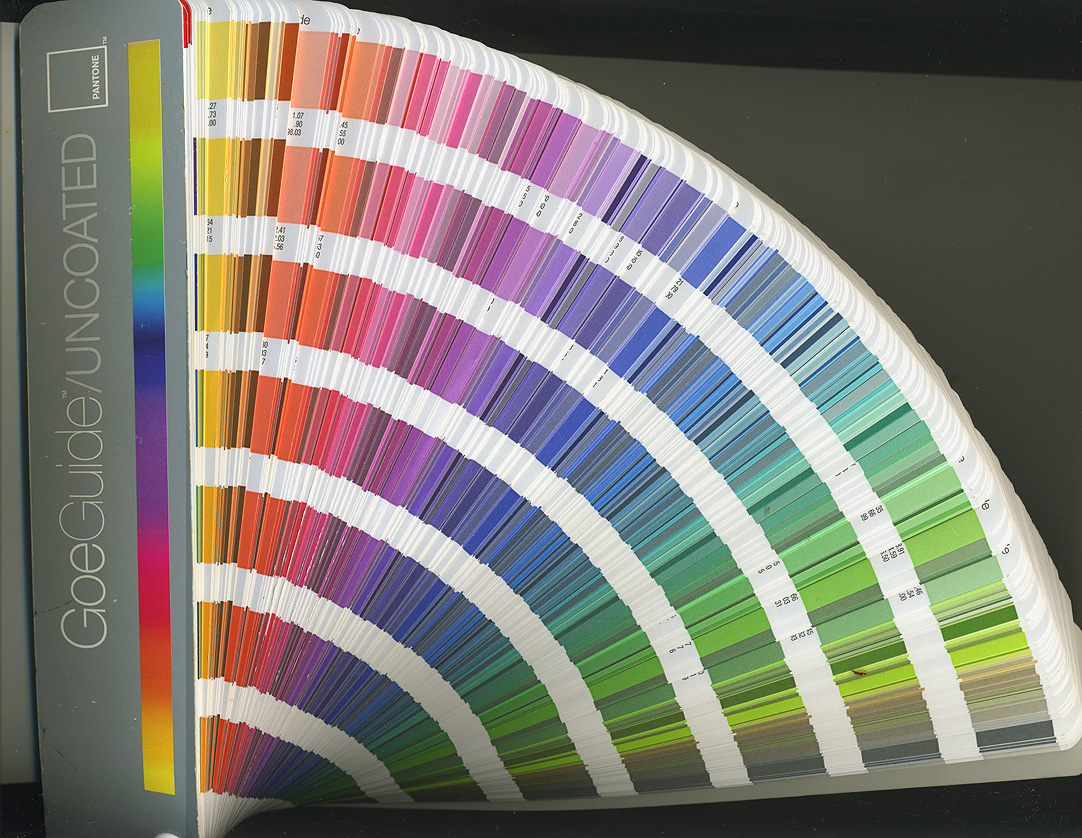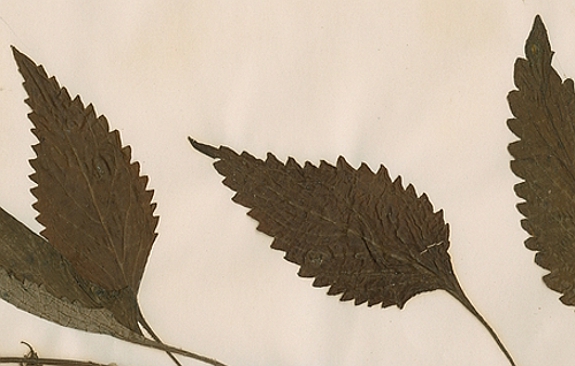
TRUE
CULTIVAR COUNT™ is a trademark of the New Ornamentals Society
(www.cultivar.org).


Membership
starts at just $36 a year and includes the largest cultivar
encyclopedia in PDF and THE COLEUS ANNUAL which you own and may
keep forever.
 Members
receive the full cultivar encyclopedia, now with more than 1500
different cultivars. It now covers over 419 large PDF pages, about
600-700 pages of content in a printed, wide-margined book. Unlike some
popular books, this massive guide
includes taxonomic quality descriptions (no "pretty red and gold"
stuff), high-res digitial scans, detailed history, and plates from
classic old catalogs and articles about Coleus. We are literally
writing "the book" on Coleus and our members share in the duty to keep
it complete and accurate. Click here for a 12 megabyte, 31-page sample of this detailed encyclopedia covering named clones from 1856 to present. Members
receive the full cultivar encyclopedia, now with more than 1500
different cultivars. It now covers over 419 large PDF pages, about
600-700 pages of content in a printed, wide-margined book. Unlike some
popular books, this massive guide
includes taxonomic quality descriptions (no "pretty red and gold"
stuff), high-res digitial scans, detailed history, and plates from
classic old catalogs and articles about Coleus. We are literally
writing "the book" on Coleus and our members share in the duty to keep
it complete and accurate. Click here for a 12 megabyte, 31-page sample of this detailed encyclopedia covering named clones from 1856 to present. Each year members receive this compendium of the past year's
research including new articles by experts on many subjects. Images from
the past year's cultivar trials make a useful reference on new and
exciting introductions. Articles from the current issue include:
Each year members receive this compendium of the past year's
research including new articles by experts on many subjects. Images from
the past year's cultivar trials make a useful reference on new and
exciting introductions. Articles from the current issue include:- Progress of the Cultivar Identification Program (full text of the polychotomous key)
- A Brief History of the International Coleus Society
- Forgotten Coleus Developers: Manda, Sander, and Neubronner
- Coleus Illustration from the Past: A Small Gallery
- The New Cultivar Group System
- 2015 NOS/ICS Cultivar Trials (full, final report with all images)
- When A Famous Literary Genius Discusses A Cut-leaved Coleus
- Participation in research programs where members pool data for analysis
 A wonderful gallery of paintings, digital images, and other media
focusing on the beauty of Coleus. These works range from famous artists
to very recent, modern pieces.
A wonderful gallery of paintings, digital images, and other media
focusing on the beauty of Coleus. These works range from famous artists
to very recent, modern pieces.  The
ICS Cultivar ID or Identification Service has several available
components, all developed and refined by members. This member's only
resource alone is a great reason to join. Our four major resources are: The
ICS Cultivar ID or Identification Service has several available
components, all developed and refined by members. This member's only
resource alone is a great reason to join. Our four major resources are:
- COLEUS ID GRID: a
spreadsheet with Cultivar Groups as rows and Color Groups (ie. green
centered red, yellow mottled red, chartreuse veined purple), showing
names of cultivars in each combination of the traits. There are current
504 cells or ID Groups to describe the diversity in this vast
genus.
 - ICS Cultivar Polychotomous Key: This
is a modern version of the traditional taxonomic identification key
where you have two choices but in this case 2-5 answers to each
question. Our goal is to present the 200 most popular cultivars in
groups similar to the ID grid but in this classic form - like a
decision tree. We eventually hope to harmonize the two tools but for
now each serves a slightly different purpose.
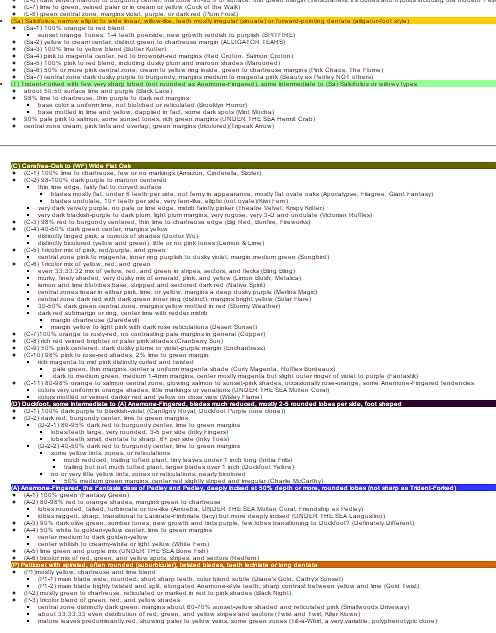 - ICS TRIAL REPORTS: each
year we produce a PDF trial report with very high resolution, digital
JPG images (most 1200-1250 pixels wide) with scans of cultivars we have
evaluated in our trial gardens. With 78 cultivars in 2014 and over 114
in 2015, this set of amazing, best-ever in the genusimages provides a
wonderful set of tools for identification. Sometimes we compare and
contrast similar clones on one scan and other times it's just one
cultivar with ID tips on how it differs from the hundreds of cultivars
we've already studied. Best of all, the trial report is a
rapidly-changing document you DO NOT HAVE TO WAIT FOR! We update the
report every 2-4 weeks during the active season (and yes, we have
indoor trials yearround now) so there is always some useful visual data
to view and download for your personal reference library.
- MEMBER-ASSISTED CONSULTATION: we
have three members with expertise in identification, taxonomy, and
breeding unique traits to help answer your emails as a member when the
above tools fail or give unclear results. And when you join, we'd
really treasure your expertise as a Coleus expert or casual
observer.
- Ability
to serve on our special committees devoted to such topics as show
standards, design, genetics and breeding, taxonomy and nomenclature,
marketing, and general administratrion.
 are
supported by member's dues and donations. In 2014 we had 98 cultivars
and clones on trial in and 2015 we topped out at 151. The detailed
Trial Reports show photographs and detailed leaf scans of this
material. It all makes for an advanced study guide to the best heirloom
and modern cultivars, how they differ (or not) and also something a
useful buyer's guide for our own plant purchases. The following image
is typical of our trial reports and includes a highly accurate metal cm
ruler and color calibration tab. Most of our scans are corrected
realtime in a simple but accurate way - we simply hold the same fresh
leaf, just scanned, up to the screen in Photoshop or GIMP and adjust
the colors if needed. are
supported by member's dues and donations. In 2014 we had 98 cultivars
and clones on trial in and 2015 we topped out at 151. The detailed
Trial Reports show photographs and detailed leaf scans of this
material. It all makes for an advanced study guide to the best heirloom
and modern cultivars, how they differ (or not) and also something a
useful buyer's guide for our own plant purchases. The following image
is typical of our trial reports and includes a highly accurate metal cm
ruler and color calibration tab. Most of our scans are corrected
realtime in a simple but accurate way - we simply hold the same fresh
leaf, just scanned, up to the screen in Photoshop or GIMP and adjust
the colors if needed.  - Support
for the society's renowned cultivar registration process that
uses a world-class online tool that not only accepts plant descriptions
but images, attached files, and Google maps (to your nursery or display
garden)
 is our online cultivar registration system which feeds directly to the
member's ICS Cultivar Files. This system of data collection is
providing international stability in Coleus nomenclature in way we have
needed for decades...actually since 1856 really. Now we can do it with
staff trained in taxonomy, genetics, and other botanical and
horticultural fields. Your dues support this valuable work. We need new
members to work for more registrations around the world. Since 2015 we
are sharing registrations through the OROC or Open Registration of
Ornamental Cultivars program which gives authors, bloggers, and
students free access to this content. To learn more about OROC Data
Sharing that improves radically on the old cultivar registration
methods, please visit our sister site www.cultivar.org
is our online cultivar registration system which feeds directly to the
member's ICS Cultivar Files. This system of data collection is
providing international stability in Coleus nomenclature in way we have
needed for decades...actually since 1856 really. Now we can do it with
staff trained in taxonomy, genetics, and other botanical and
horticultural fields. Your dues support this valuable work. We need new
members to work for more registrations around the world. Since 2015 we
are sharing registrations through the OROC or Open Registration of
Ornamental Cultivars program which gives authors, bloggers, and
students free access to this content. To learn more about OROC Data
Sharing that improves radically on the old cultivar registration
methods, please visit our sister site www.cultivar.org
 is a fancy term for measuring everything about a cultivar to find ways
to both identify and separate (delimit) the variable morphology and
colors of this genus. Sometimes two cultivars which look very similar
to the casual observer can be told apart by counting the number of
teeth or measuring their unique. You don't know until you try. We have
and the results are fascinating. As a member, you can measure your
plants and contribute to this worldwide project to understand the genus
even better.
is a fancy term for measuring everything about a cultivar to find ways
to both identify and separate (delimit) the variable morphology and
colors of this genus. Sometimes two cultivars which look very similar
to the casual observer can be told apart by counting the number of
teeth or measuring their unique. You don't know until you try. We have
and the results are fascinating. As a member, you can measure your
plants and contribute to this worldwide project to understand the genus
even better. is the next logical step from phyllometrics or measuring leaves. We
take those numbers and use statistical tools to group cultivars by
similar groups of traits. Thus if we have an unknown plant we can try
to match it up to all known material in the database.
is the next logical step from phyllometrics or measuring leaves. We
take those numbers and use statistical tools to group cultivars by
similar groups of traits. Thus if we have an unknown plant we can try
to match it up to all known material in the database.  Data
and plant sharing among members. It is our goal to curate and manage a
worldwide, distributed collection of rare and heirloom cultivars among
our members and supporters. Trading clones among members and listng
them for trade is our first step. Of the 1500 known Coleus cultivars,
probably less than 500 still exist. Some people subscribe to the
Darwinist-Capitalism theory when applied to hortiuclture; meaning all
good cultivars will find a way to survive, find a market and live on.
Sadly in the world of humans where plants are almost randomly conserved
and perserved for the next generation, we have lost a large number of
unique clones and valuable germplasm. We hope to minimize the harm to
Coleus diversity in the future but sharing more widely with an
international system of backing up, you will, or replicating rare stock
around the world. Even now in 2015, some cultivars are so rare that
just one or two growers handle all the distributution for the
world. Data
and plant sharing among members. It is our goal to curate and manage a
worldwide, distributed collection of rare and heirloom cultivars among
our members and supporters. Trading clones among members and listng
them for trade is our first step. Of the 1500 known Coleus cultivars,
probably less than 500 still exist. Some people subscribe to the
Darwinist-Capitalism theory when applied to hortiuclture; meaning all
good cultivars will find a way to survive, find a market and live on.
Sadly in the world of humans where plants are almost randomly conserved
and perserved for the next generation, we have lost a large number of
unique clones and valuable germplasm. We hope to minimize the harm to
Coleus diversity in the future but sharing more widely with an
international system of backing up, you will, or replicating rare stock
around the world. Even now in 2015, some cultivars are so rare that
just one or two growers handle all the distributution for the
world.  is just one of several projects the ICS has to preserve historical
docucments about Coleus. These include nursery catalogs, old articles,
images (print or scanned), and rare books. We even catalogs from 2000
to present because they tend to disappear from the internet, never get
printed in hardcopy form, and more than 12 major Coleus growers have
simply gone out of business! INCA has copies of more than 38,000
nursery catalog pages from 2000 including some amazing growers that
sadly no longer exist. For example, the 1897 Burpee
Farm Annual with this first ever picture of the Laciniate-Fimbriate
leaf morphology known in North America is shown below with the
earliest known image of 'Salicifolius' from the Germany originator.
is just one of several projects the ICS has to preserve historical
docucments about Coleus. These include nursery catalogs, old articles,
images (print or scanned), and rare books. We even catalogs from 2000
to present because they tend to disappear from the internet, never get
printed in hardcopy form, and more than 12 major Coleus growers have
simply gone out of business! INCA has copies of more than 38,000
nursery catalog pages from 2000 including some amazing growers that
sadly no longer exist. For example, the 1897 Burpee
Farm Annual with this first ever picture of the Laciniate-Fimbriate
leaf morphology known in North America is shown below with the
earliest known image of 'Salicifolius' from the Germany originator.
|












